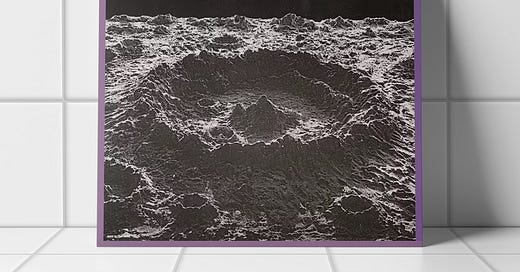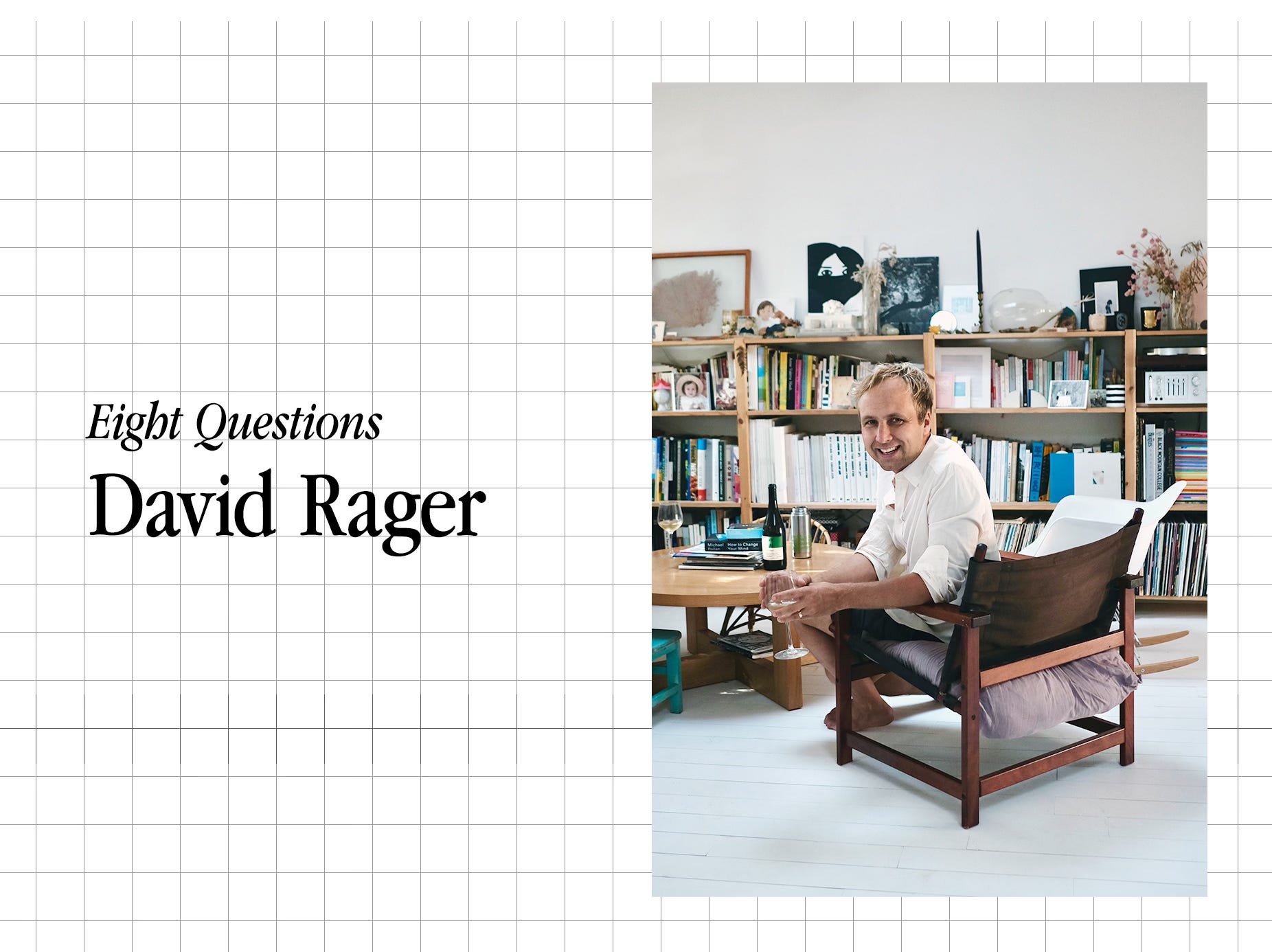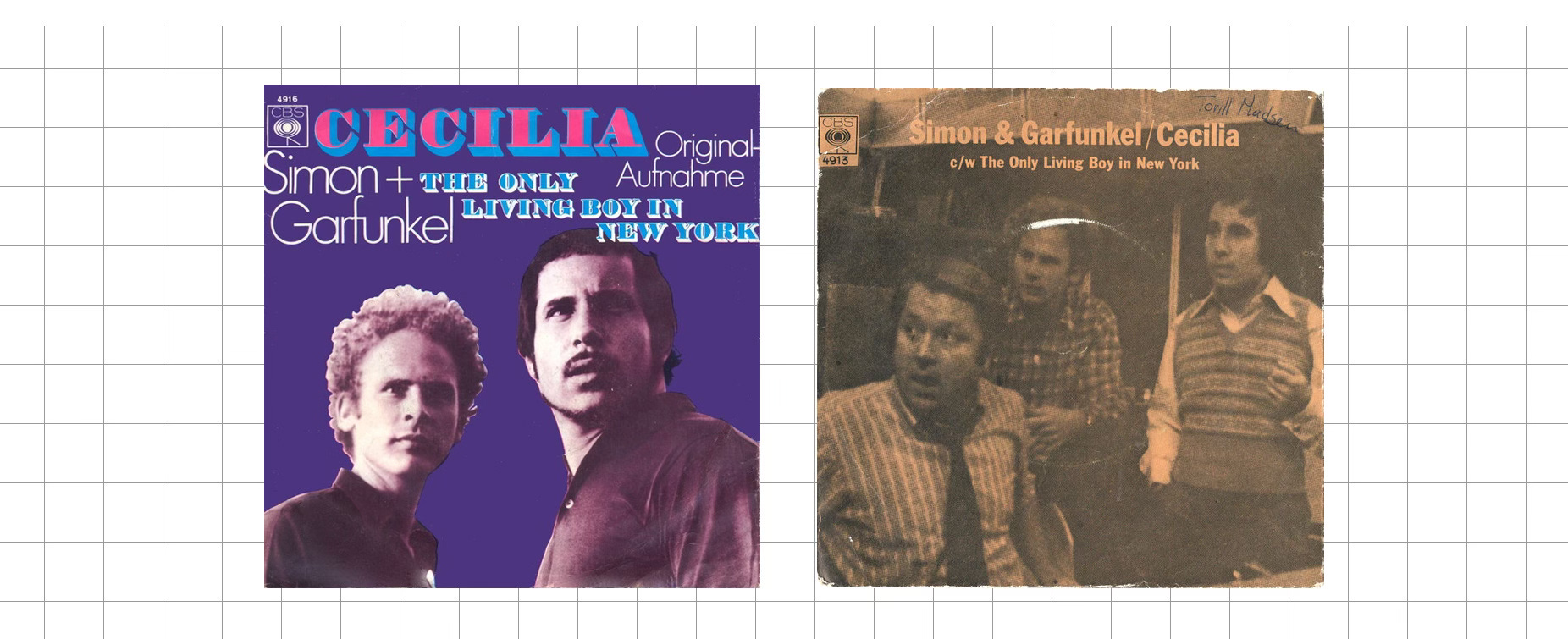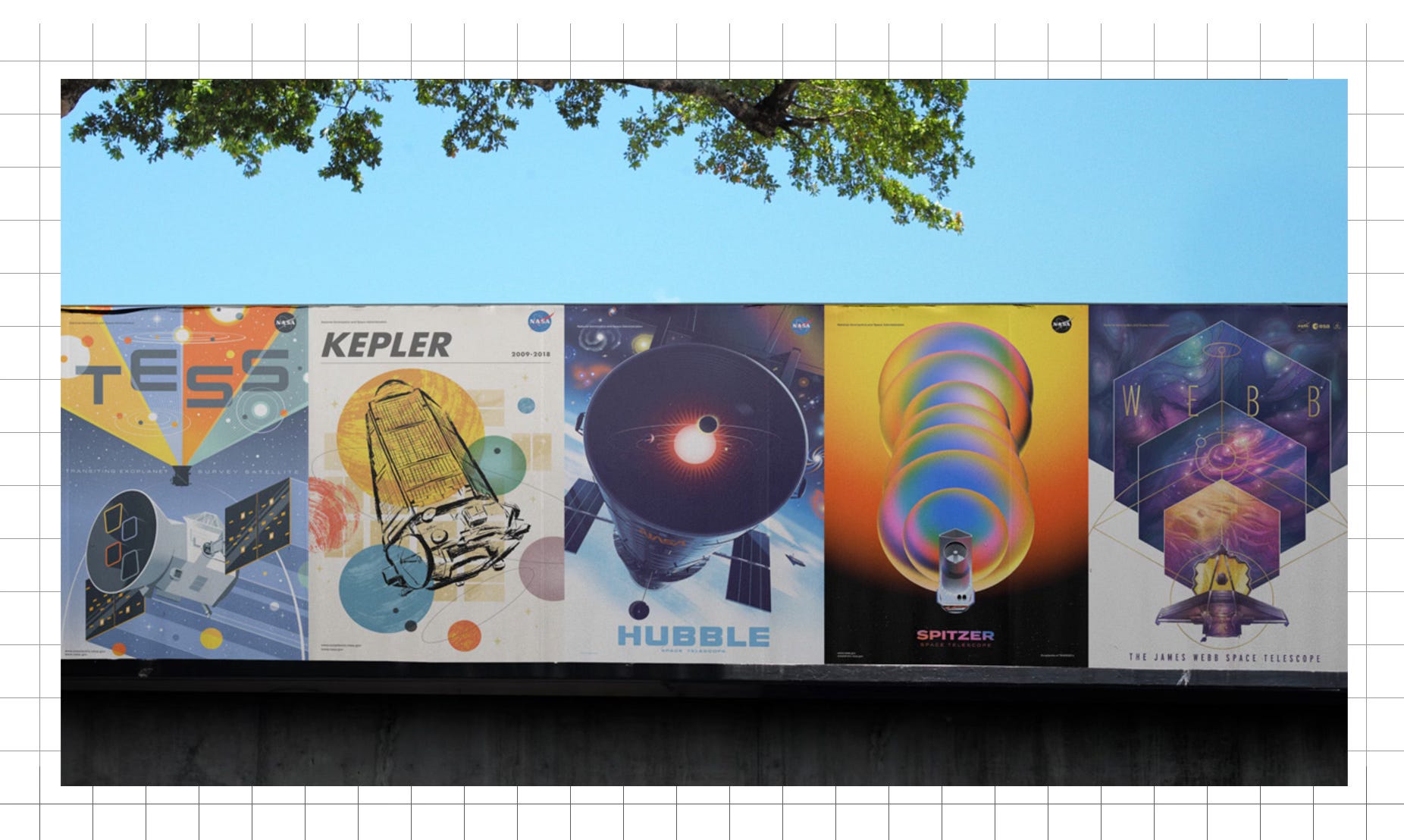New to this? Catch up on previous installments and playlists.
The Octet may only be six months old, but I took a brief pause to reflect on whether it’s evolving as I’d hoped and what directions I might explore in 2025. Originally conceived as a hybrid diary—part creative journal from my studio practice, part spotlight on objects and happenings that catch my eye—I’ve realized it may have leaned a little too heavily on pure consumables.
This issue marks the first in a new format I’m experimenting with: guest contributions in the form of a simple questionnaire, answered by people I admire, respect, and, in some cases, have the good fortune to call friends. There will be other formats, too, but hopefully each will continue to offer you moments of interest and inspiration. Thanks for letting me experiment.
— Hamish
So here goes. Eight questions for my good friend of over a decade, David Rager. A multihyphenate through and through, I know David as a designer, thinker, dad, husband, gardener, wine enthusiast, sparkling water stan, bass player, and intermittent skateboarding coach to my daughter. He also squeezes in being Creative Director of NASA. The space agency, not the raves or waste management dumpsters. All while currently being displaced from his Altadena [California] home.
8: How do your surroundings influence your creative work?
DR: Enormously, I've been lucky to have a variety of surroundings to work in and explore, and over the years have adapted to being able to set up a functional working space fairly quickly, as we've had to recently after being displaced by the recent urban fires in Altadena.
At my home office, which is nestled in the hillside in Altadena, it's calm and tranquil. I work in a space with a view of the back garden where nature — birds, squirrels, lizards, and plant life — are in my peripheral view. It faces south, so the sun is constantly changing the shadows cast into the space. It makes the daily deluge of meetings and quick-turn requests less stressful and also allows for my mind to drift into creative solutions. At home, I also have direct access to beautiful trails and mountain paths. If I'm stuck on a project I can walk out the door and be in the woods within minutes. I also have a great friend and neighbor, artist Jon Pylypchuk, who I enjoy hiking with and is incredibly good at accommodating my spontaneous requests for a hiking bud — one quick text saying “loop?,” and I almost always get a “yep, see you in 5” reply. After a good loop through the woods I find that most of my creative problems have worked themselves out through our conversations or by just letting my subconscious do the hard work.
We also have a studio space downtown in the [Los Angeles] Arts District which we've kept for over a decade. Our space has four offices which we share with other creatives, so it fills my “water-cooler” needs, and is a great space to go to when I need to be productive and to feel engaged with a larger creative community and get inspired.
8: What tools or techniques have transformed the way you work?
DR: Books, podcasts, and DIY.
I have a dog eared copy of Debbie Millman’s Brand Thinking that I reference when I need to articulate to non-designers. I also find Seth Godin's Akimbo podcast constantly insightful for thinking about audiences.
Mostly though, growing up in an indie/punk DIY scene with a strong ideology was the most transformative tool in my life. It was way more common to hear a friend say “why can't we do that?” than “we can't do that.” The scene had its own economy: publishing, merchandise, and music/anthems. It was open and accepting and self-reliant, and a part of that has always stayed with me. Later, working professionally in design, it's encouraged me to try to tackle a project myself or internally before looking outside, and taken the teams I've managed from a “creative services” or service-oriented position to a broader enterprise function — and broadly expanded the definition of “design.”
8: Where do you turn when you’re feeling creatively blocked?
DR: Nature and music.
There's not a lot a hike can’t cure. And there's something flexing the muscle of playing music with other people that makes me better at everything else in my life.
8: Can you share a film or piece of music that always inspires you?
“The Only Living Boy in New York” — Simon & Garfunkel. Mostly played loudly while driving."
8: What reading material is currently on your nightstand?
Actual Air by David Berman.
The Corfu Trilogy by Gerald Durrell
Orbial by Samantha Harvey
8: What’s a question you wish someone had asked you earlier in your creative life?
DR: It's hard to think about regretting something that didn't happen. I've been incredibly fortunate and never planned or thought I'd get to have the experiences I've had in my life and career so far.
8: If you could give your younger self one piece of advice, what would it be?
DR: “The winning lotto ticket numbers are…”
I’d probably remind myself to take a breath, especially in those pivotal moments, to zoom out and take a mental snapshot and appreciate what is happening, to be generous, and give without condition or expectation, and that friends and relationships are everything.
8: Tell us three people you’d like to see answer these questions.
DR: I’d ask my dear friend and bookseller Alex Thumerelle (Ofr.), designer and thinker Jo Rocca, and creative thinker at NASA’s JPL, David Levine.
The Octet is supported by SPECIAL COLLECTIONS, a select shop for artist multiples, collaborations, printed works, and an ever-changing collection of vintage ephemera, books, periodicals, and objects. The current collection, Hand-to-Hand: Cinema Japan, showcases of rare, vintage film posters from Japan and unique items inspired by them.
Visit specialcollections.org
















